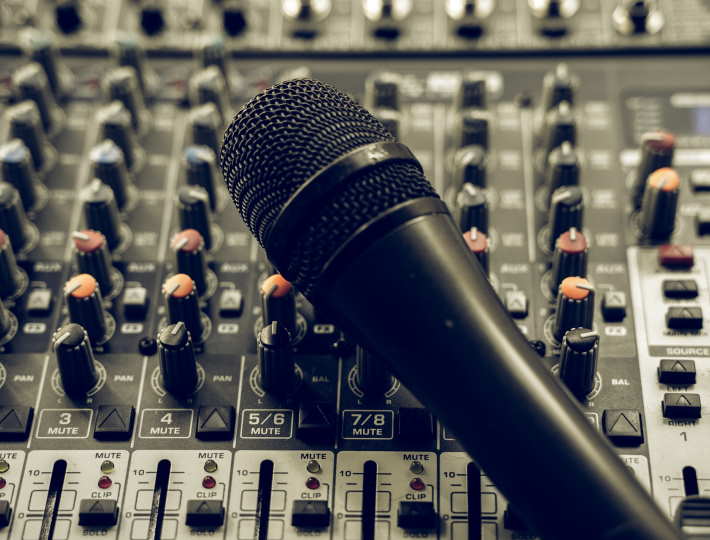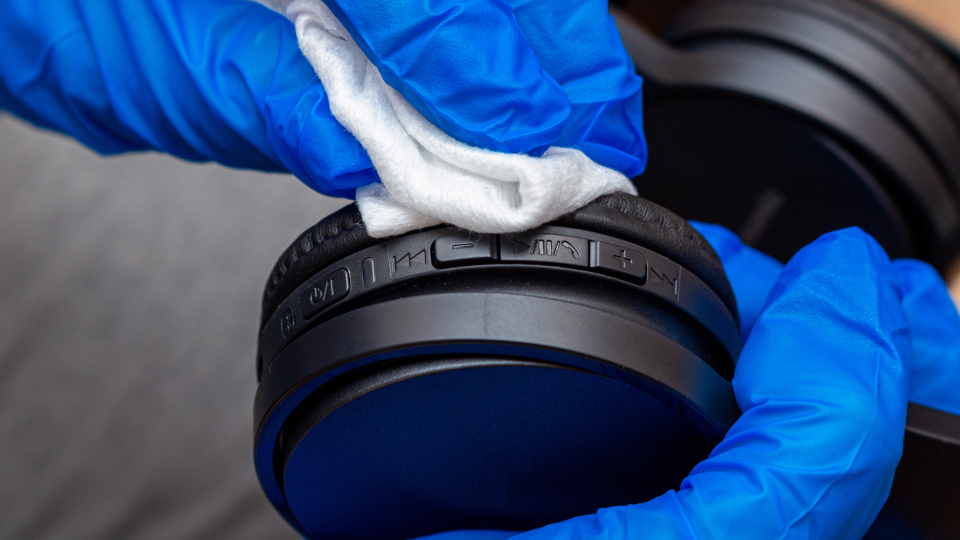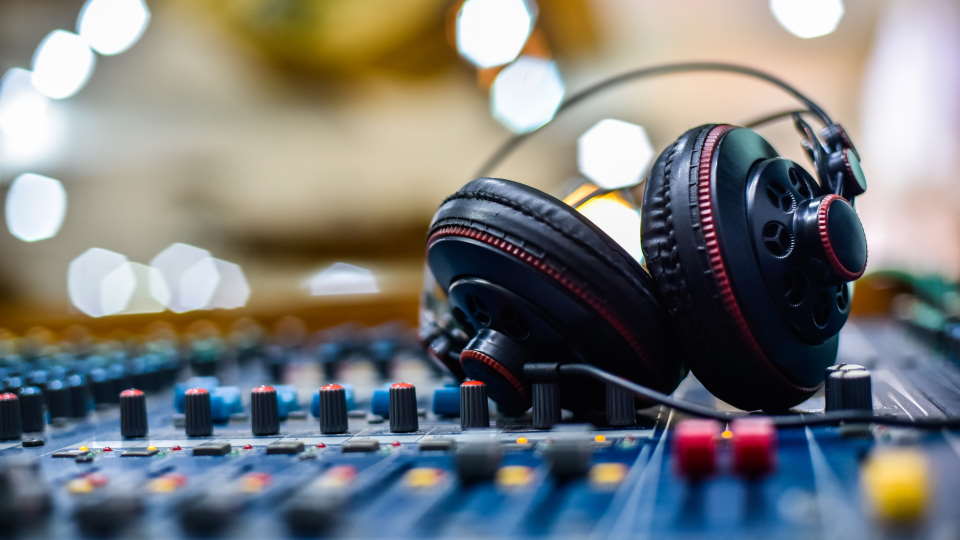Podcasting has become a powerful tool for sharing ideas, stories, and information. Whether you’re a seasoned podcaster or a beginner looking to start your own show, the first step to creating a successful podcast is to choose the right recording app. We will guide you through the process of selecting the perfect podcast recording app, setting up your recording environment, connecting your microphone to your iPhone, and provide tips on how to effectively record and edit your podcast episode. Get ready to elevate your podcasting game and engage your audience with quality content.
Choose The Right Podcast Recording App
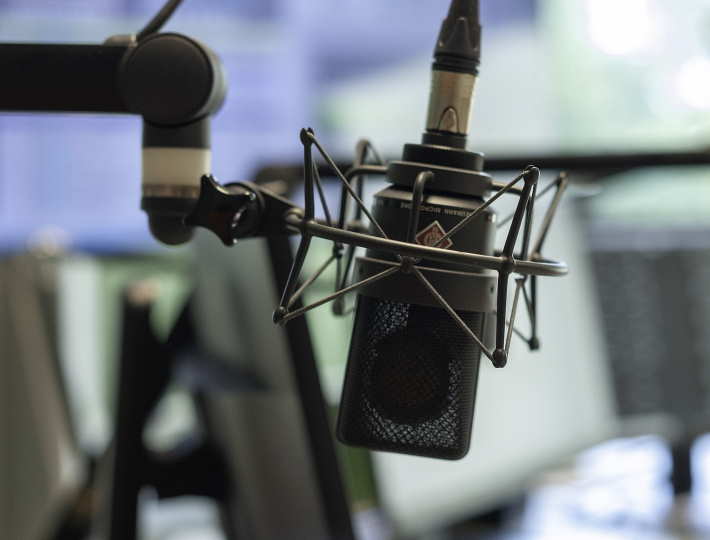
So, you’ve decided to start your own podcast, eh? That’s a great idea! Podcasting is a fantastic medium to share your thoughts, ideas, and stories with the world. But before you jump right into recording and editing, there’s an important step you need to take – choosing the right podcast recording app. Believe it or not, the success of your podcast greatly depends on the tool you use to record it. With so many options available, it can be overwhelming to make the right choice. But fear not, dear reader, for I am here to guide you through this process!
First and foremost, you need to consider your budget. Are you willing to invest in a premium podcast recording app, or do you prefer a free alternative? While there are some excellent free apps out there, keep in mind that they might come with limitations and restrictions. If you’re serious about podcasting and want to take it to the next level, splurging on a professional recording app could be a wise decision. Look for apps that offer a range of features such as background noise reduction, multi-track support, and easy integration with editing software.
Next, think about your recording setup. Are you planning to record on-the-go using your smartphone, or do you have a dedicated podcasting studio? If you’re an iPhone user, finding a podcast recording app that seamlessly integrates with your device is crucial. Look for apps that offer compatibility with external microphones and support for high-quality audio formats. Remember, the quality of your recordings can make or break your podcast, so don’t overlook this aspect!
- Now comes the fun part – exploring the different podcast recording apps available. One popular option is GarageBand, an iOS app that provides a plethora of recording and editing features. With GarageBand, you can easily create professional-sounding podcasts without any prior experience. Another reliable choice is Anchor, which not only allows you to record and edit your episodes but also offers distribution services to popular podcast platforms. If you’re on a tight budget, Audacity is a free and open-source podcast recording app that has been a favorite amongst podcasters for years.
| Podcast Recording App | Compatibility | Features |
|---|---|---|
| GarageBand | iOS | – Professional recording and editing capabilities- Integration with Apple devices- Extensive library of sound effects and virtual instruments |
| Anchor | iOS, Android | – Easy-to-use interface- Distribution services to popular podcast platforms- Collaborative podcasting features |
| Audacity | Windows, Mac | – Free and open-source- Multi-track recording and editing- Support for various audio formats |
Remember, the key is to find a podcast recording app that suits your needs and preferences. Take the time to research and read reviews from other podcasters to get a better understanding of each app’s strengths and weaknesses. Play around with different apps and see which one feels the most intuitive to you. Happy podcasting!
Set Up Your Recording Environment
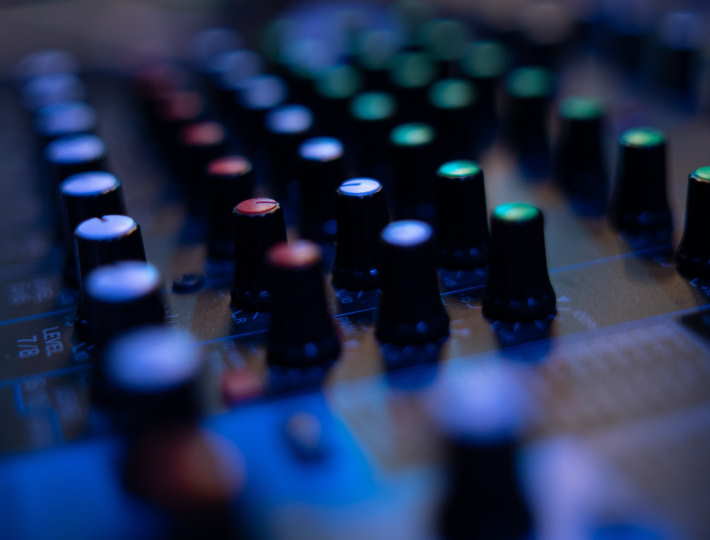
When it comes to recording a podcast, having a well-prepared recording environment is crucial. Creating the perfect setup will not only enhance the quality of your podcast but also make the recording process more enjoyable. Here are some tips to help you set up your recording environment like a pro:
1. Find a Quiet Space
First and foremost, you need to find a quiet space to record your podcast. Look for a room or area in your house where you won’t be disturbed by any external noise. Check for any appliances or fans that could create background noise and turn them off during your recording session. Remember, silence is golden when it comes to podcasting.
2. Soundproof Your Space
If you want to take your recording environment to the next level, consider soundproofing your space. This can be done by using acoustic panels or foam to absorb any echoes or reverberations in the room. Another option is to use curtains or blankets to cover hard surfaces, reducing any potential reflections. By minimizing unwanted noise, you’ll have a more professional-sounding podcast.
3. Arrange Your Equipment
Now that you have a quiet and soundproof space, it’s time to arrange your recording equipment. Place your microphone on a stable surface like a desk or table, ensuring it is at a comfortable height. Position the mic so that it is facing you directly, capturing your voice clearly. Also, make sure to adjust the distance between yourself and the microphone to achieve the optimal sound quality.
4. Test and Adjust
Before you start recording your actual podcast episode, take the time to test and adjust your setup. Use headphones to monitor your audio and listen for any unwanted background noise or technical issues. Check the levels on your recording software and make sure they are not peaking or too low. If necessary, make adjustments until you are satisfied with the sound quality.
Connect Your Microphone To Your Iphone
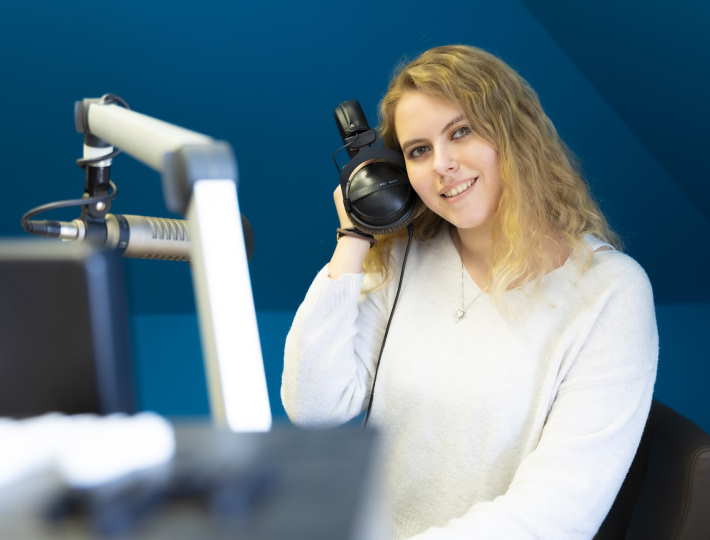
So, you’ve decided to start your own podcast. Congratulations! Now comes the fun part – connecting your microphone to your iPhone. Don’t worry, it’s not as complicated as it sounds. With just a few simple steps, you’ll be ready to record your first episode in no time.
The first thing you’ll need is a compatible microphone. There are plenty of options out there, ranging from affordable entry-level mics to professional-grade ones. Do some research and find the one that suits your needs and budget. Once you’ve got your microphone, it’s time to connect it to your iPhone.
One popular option is to use an adapter or dongle. This little device plugs into your iPhone’s lightning port and provides a headphone jack, allowing you to plug in your microphone. Simply connect your microphone to the adapter, plug it into your iPhone, and you’re good to go. It’s a simple and straightforward solution that works well for many podcasters.
- If you prefer a wireless setup, you can consider using a Bluetooth microphone. These microphones connect directly to your iPhone via Bluetooth, eliminating the need for any cables or adapters. Just make sure your microphone is compatible with your iPhone model and follow the manufacturer’s instructions to pair it with your device. Once connected, you’ll be able to record audio wirelessly, giving you more freedom to move around while recording your podcast episode.
| Pros of using an adapter or dongle: | Cons of using an adapter or dongle: |
|---|---|
| Easy and affordable solution | May not support all microphone models |
| No need for additional batteries or charging | Requires an extra adapter or dongle |
| Simple plug-and-play setup | Can be less reliable than a direct connection |
Whichever method you choose, make sure to test your microphone and recording setup before diving into your podcast episode. Check for any audio issues, such as background noise or low volume, and adjust your settings accordingly. It’s also a good idea to do a practice recording or two to get comfortable with your microphone and ensure everything sounds just right.
Now that you know how to connect your microphone to your iPhone, you’re one step closer to creating your own podcast. So grab your favorite microphone, plug it into your iPhone, and get ready to share your thoughts, stories, and ideas with the world. Happy podcasting!
Record And Edit Your Podcast Episode
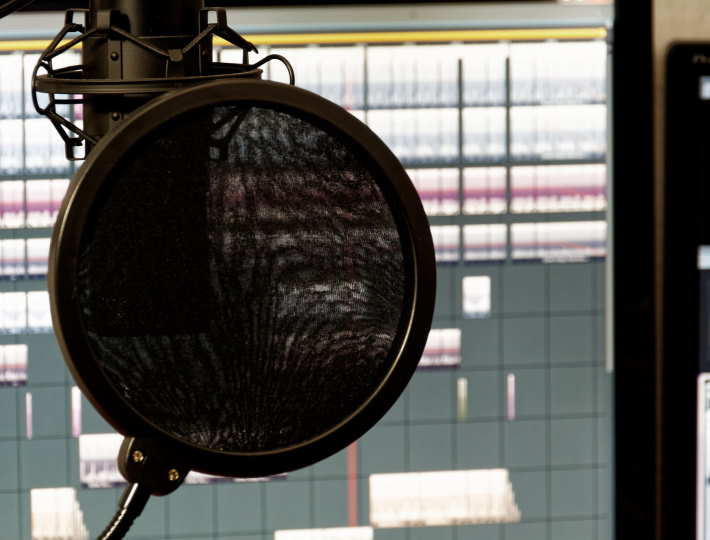
So, you’ve finally made it to the last step of creating your own podcast episode! Congratulations! Recording and editing your podcast episode is where all your hard work comes together. It’s the moment when your ideas and creativity will take shape and become an entertaining and engaging piece of content for your audience.
The first thing you need to do is find a suitable podcast recording software or app. There are many options available, but it’s important to choose the right one that suits your needs. Some popular options include Audacity, Adobe Audition, and GarageBand. These apps offer various features and tools to help you record and edit your podcast episode effectively.
Once you have selected your preferred recording app, it’s time to set up your recording environment. Find a quiet and comfortable space where you won’t be disturbed. Make sure to eliminate any background noises that could interfere with the quality of your recording. You can use soundproofing materials, such as foam panels or blankets, to minimize echo or outside interference.
Now comes the exciting part – connecting your microphone to your iPhone! Most recording apps allow you to connect an external microphone to your device for better audio quality. You can use a USB microphone, a headset with a built-in microphone, or even a professional-grade XLR microphone if you have the equipment. Follow the manufacturer’s instructions to properly connect your microphone and ensure it is recognized by your app.
| Recording Tips: | Editing Tips: |
|---|---|
|
|
Now that you’ve set up your recording environment and connected your microphone, you’re ready to hit that record button! Take a deep breath, relax, and let your podcasting skills shine. Speak clearly and confidently, and try to keep a conversational tone throughout your episode. Remember, editing can help polish your content, so don’t worry too much about making mistakes!
Once you’re done recording, it’s time to dive into the editing process. Open your recording app and import your audio file. You can start by trimming any unnecessary parts, removing mistakes or awkward pauses. If you recorded multiple takes, choose the best one and delete the rest.
Editing also involves adding music, sound effects, or jingles to enhance the overall listening experience. Choose the intro and outro segments carefully, as they set the tone for your podcast episode. You can also adjust volume levels, equalize the audio, and add any additional effects or filters to give your podcast that professional touch.
After you’re satisfied with the editing, it’s time to export your final podcast episode. Make sure to save it in a suitable format that is compatible with different podcast platforms. MP3 is a popular format for podcast episodes, as it offers a good balance between file size and audio quality.
Now all that’s left to do is share your podcast episode with the world! Publish it on podcast platforms, social media, and your website. Promote it to your audience and engage with them through comments and feedback. Remember, the more you practice and fine-tune your podcasting skills, the better your episodes will become. So keep recording, editing, and sharing your unique voice!

